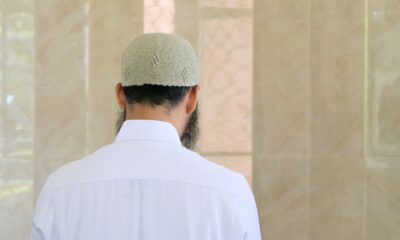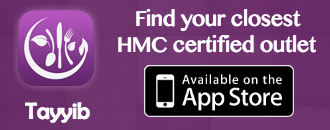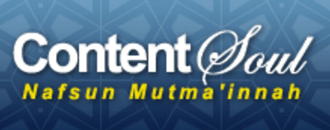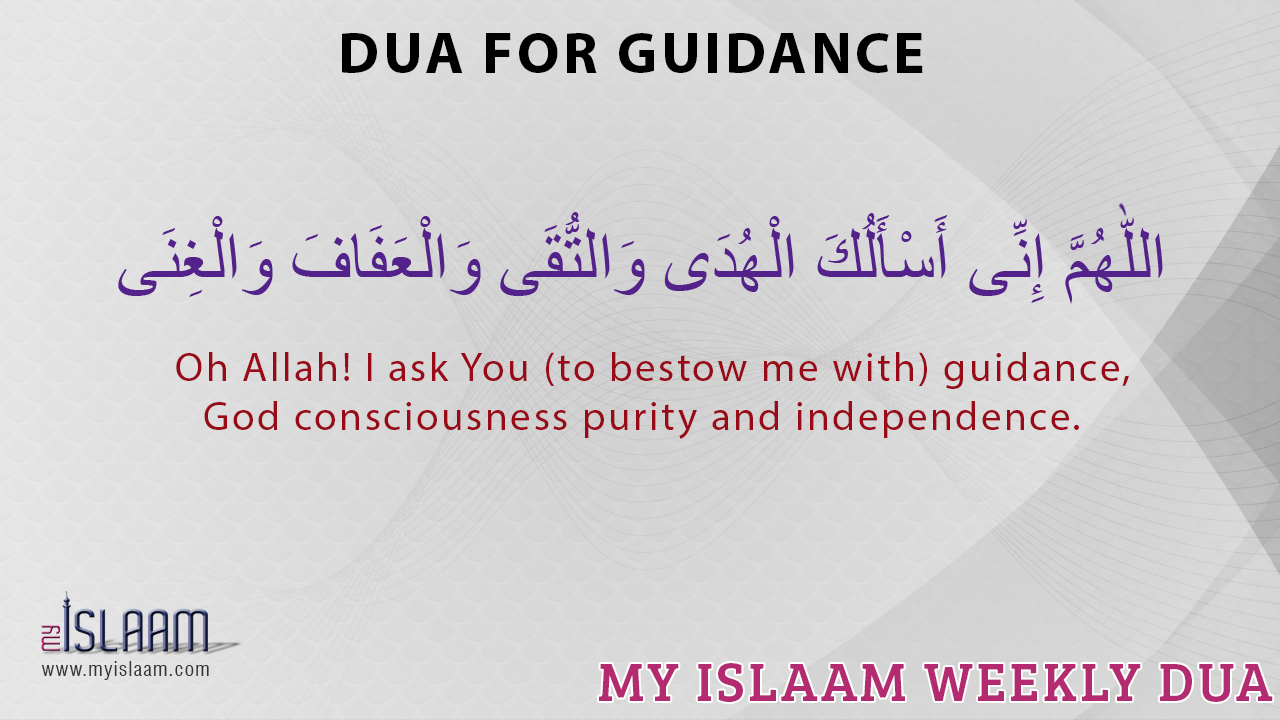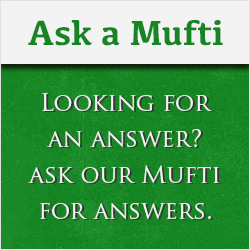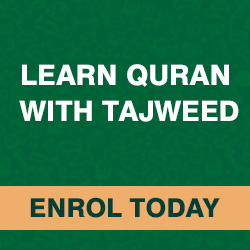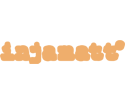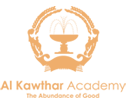Introduction
The following essay aims to analyse the prophetic educational practice in Islam by examining different verses from the Qur’ān and Ĥadîth. Although the Qur’ānic verses are not direct words of the Prophet ﷺ, however, they are a primary source of revelation revealed to the Prophet ﷺ, who disseminated them to his nation and therefore we have access to them. Consequently, they can be classified as indirect words of the Prophet ﷺ. Hence, this essay will focus on the educational significance of the Qur’ān coupled with Ĥadîth.
A Peripheral look into the Qur’ān
Imām suyûtî (2001) explains that the word Qur’ān comes from the Arabic word ‘Qurû’, which means that blood that gathers in a females womb to nourish new potential life. Likewise, the Qur’ān is called Qur’ān because it has gathered all previous messages in one final book as a final message. In a similar manner, if one looks in the Qur’ān, it is clear that the Qur’ān has gathered messages with regards to all facets and aspects of life in the Qur’ān (2001:11). From amongst other aspects, one is the educational aspect. Many fail to realise that the Qur’ān is also a divine educational curriculum. This will be demonstrated in the following paragraphs.
The first words that were revealed in the Qur’ān as part of revelation received by the Prophet Muhammad ﷺ were: “Read…Read, and your lord is the Most Generous. Who taught by the pen. (96:1-4)”. Reading has an important connection with knowledge and education. Furthermore, a pen, also mentioned in the above verses, similarly has a deep connection with knowledge and education. This explains the importance of education in the Qur’ān, which indicates towards how educationally significant the Qur’ān is.
If one looks into the Qur’ān, with regards to education, the first verses that come to mind are verses relating to knowledge.
Knowledge and education have been a primary focus point of the Islamic world from the very start as is evident from the above verses.
Another verse in the Qur’ān that tends to be mentioned relating to education and knowledge is: “Are those who know equal to those who do not know?” (39:9). This is a rhetorical question demonstrating that a person of knowledge cannot be equal in status to one who is unknowledgeable.
The mention of education in the Qur’ān doesn’t just end here. There are a number of other verses relating to knowledge too. However, the focus of this essay will be those educational concepts in the Qur’ān that are often overlooked or less sighted.
Before moving on, it’s important to know that there is not much of a difference between knowledge and education as both are interrelated. The main difference amid the two is that education is a formal process taught in institutions such as school, college, University etc., whereas knowledge is more of an informal practice gained through reading books etc. Ultimately, it is also through education that one gains knowledge.
Educational practice in the Qur‘ān
The Qur’ān has used many names for itself in the Qur’ān. From amongst them some of them indicate towards the fact that the Qur’ān is educationally significant. For example “al-Kitāb”(the book), “Hudā”(guidance), “Dhikr”(Advise), “Hādī”(guide).
One educational quality of the Qur’ān is that it is straight forward and critical. For instance; in chapter 62, verse 5, there is mention: “The example of those who were entrusted with the Torah and then did not take it on is like that of a donkey that carries volumes of books”. The Qur’ān cites an example in a very straight forward and critical way explaining the point that those who were given the Torah, for the purpose of acting upon it etc., but failed to do that, is akin to a donkey carrying multiple books, which in essence is of no use.
It should be borne in mind that being critical does not mean to ridicule or make fun of something, nor does it mean to explain an idea or something to be nonsense. Rather, it means to exercise judgement based on comparison and evidence. Hence, being critical is not necessarily a bad thing. In fact, critical thinking is a powerful tool used in education. And from the verse cited above and other verses in the Qur’ān, it is clear that the Qur’ān actually encourages critical thinking and also reflective thinking.
The Qur’ān recurrently incites and encourages the reader to reflect, ponder and contemplate to gain better understanding. This is why humans have been given an intellect and mind to think and have a choice.
The Qur’ān uses statements such as:
“Do they not reflect ….”(4:82)
“And of His signs is that He created for you from yourselves mates that you may find tranquillity in them; and He placed between you affection and mercy. Indeed in that are signs for a people who give thought?” (30:21)
“This is a blessed Book which We have revealed to you, [O Muhammad], that they might reflect upon its verses and that those of understanding would be reminded.” (38:29)
From the above verses and other such verses, the Qur’ān encourages thinking, pondering, reflecting, analysing and understanding. So not only does the Qur’ān encourage critical thinking, but also reflective thinking too. This is a continuous theme in the Qur’ān, which, among other things, highlights the fact that meanings cannot be merely read but necessitate reflection and thinking.
Unfortunately, many are discouraged from critical thinking and told to accept without questioning, which is not from amongst the teachings of the Qur’ān. Take the example of a child, who is told by a parent or guardian to carry out an action because the parent or guardian said so. This dejects the child from gaining the very important educational tool of critical thinking. This lack of development in critical thinking consequentially makes the child lethargic and vulnerable and victim to follow different cults.
Another reoccurring theme in the Qur’ān linked with educational practice is repetition. Many criticize and object to the repetition in the Qur’ān thinking it to be baseless and useless. However, this is due to ignorance with regards to the essence of repetition. Repetition is a developmental process in education, which in reality creates eloquence.
Take the example of a child who is at primary school in year one. He will learn basic literacy and numeracy skills at the level of year one. But surely, no one will expect the child to remember everything. Then when the child moves on to year two, he will learn literacy and numeracy skills on a more advanced level compared to when he was in year one. However, the child will also be made to revisit and repeat the educational material learnt at year one. This repetition is merely a developmental process of rehearsing the same material to remember, reflect and build. Likewise, the Qur’ān repeats verses and stories to rehearse the same messages indicating towards the importance of the developmental process in education. Furthermore, one surprising thing in the Qur’ān is that when it repeats certain stories then in every place a new idea or advice is highlighted pointing to a meaning not indicated previously.
Another powerful educational tool is dialogue. One of the powerful means that the Qur’ān spreads its teachings is by dialogue. The Qur’ān displays in many chapters the conversations between people such as Allah and the Angels, Prophet Abraham السلام عليه and his father, Prophet Moses السلام عليه and Khidhr السلام عليه, the two men of the garden, Prophet Moses السلام عليه and Pharaoh. Allah chose to convey these stories in the form of dialogue, as opposed to narrating them as they happened. The beauty of these dialogues is to attract the audience and readers. This is another important educational tool, which is of utmost importance in education.
One subcategory of dialogues in the Qur’an is the idea of transitions. In the Qur’ān, Allah displays transitions that help the audience to visualise the scene. An amazing example of both dialogues and transitions in the Qur’ān is in the chapter Shû’rā (26), the story of Prophet Moses السلام عليه and Pharaoh.
One story in the Qur’ān that is mentioned in the form of dialogue is the story of Prophet Abraham السلام عليه. In this story, Abraham السلام عليه questions idol worshipping and demonstrates the logical inconsistencies of worshipping them. This questioning from Abraham السلام عليه was when he was a child. As Abraham السلام عليه grows older he carries on questioning until he becomes an adult (6:75-9). This explains that ambiguity is part of human life. Furthermore, confusion, doubt and questioning are all part of a deeper thought of learning, all linked with education. If Abraham السلام عليه’s story is looked at from a teachers perspective, then the following lessons are learnt; be sincere, be responsive, don’t dismiss questions from students even if they maybe easy questions, the teacher should inculcate a culture of confidence in students and the teacher should guide as much as possible etc. If Abraham السلام عليه’s story is looked at from a student’s perspective, then the lessons that are learnt are that students should inquire and be reflective and the students should be logically engaging etc.
Likewise, in another place in the Qur’ān, Prophet Abraham السلام عليه requests Allah to demonstrate to him how He brings the dead back to life (2:260). When Prophet Abraham السلام عليه is asked about his faith in Allah’s power, his response holds educational significance. Prophet Abraham السلام عليه did not distrust Allah’s power and might but rather sought to make his heart content – which may well be implicit as attaining an individual understanding of faith. This makes it clear that a significant feature of the Qur’ān’s educational vision and practice is being critically faithful. (Sahin 2015: 196,197)
In addressing its rivals, the Qur’ān implements a critical dialogical process. This critical approach is frequently adopted In the Qur’ān to encourage people to accept their own responsibility in life and to think for themselves. Inquisitive attitudes and questioning history and stories of earlier nations is encouraged in the Qur’ān. As an example, prior to mentioning the story of Joseph السلام عليه, the Qur’ān states that “for those who inquire and question, there are many lessons to be learned from the story of Joseph” (12:7). (Sahin 2015:196)
The Qur’ān educates through stories. Hence, the Qur’ān can be described as an educational book containing divine pedagogies to counsel, caution and offer lessons required to guide and motivate humanity, rather than a book of commands that should merely be taken literally and applied to life (54:4). The Qur’ān unequivocally mentions that storytelling brings comfort to the Prophet ﷺ and tranquillizes his heart.
Educational practice in Ĥadîth
Educational practice has been highlighted in many Ĥadîth too. From amongst those many:
“The Messenger of Allah ﷺ said, “The guidance and knowledge with which Allah has sent me is like abundant rain which fell on a land. A fertile part of it absorbed the water and brought forth vegetation and grass in abundance; and solid ground patches which retained the water by which Allah has benefited people, who drank from it, irrigated their crops and sowed their seeds; and another sandy plane which could neither retain the water nor produce vegetation. (The first example) Such is the similitude of the person who becomes well-versed in the religion of Allah and receives benefit from the Message entrusted to me by Allah, so he himself has learned and taught it to others; (the last example) such is also the similitude of the person who has stubbornly and ignorantly rejected Allah’s Guidance with which I have been sent. “(Bukharî and Muslim)
The entire blue print of educational process is imbedded by the above Ĥadîth which is enough to give a trajectory of aims. It teaches the lessons of; reflection, comprehension and progression, that progression lies in education. It’s clear from the above narration that education is being demonstrated as a dynamic developmental process and that there is a concept of growth in the learner due to individual differences, hence individuals learn at different levels. Furthermore, education is a learner-centred process and the knowledge level is from less-satisfaction to more so the Prophet ﷺ is giving a typology of learning. Moreover, the Prophet ﷺ is teaching through concrete examples so it is not just information, but rather creating focus of learners by demonstrating through examples, which also explains that a teacher cannot get a point across in the perfect manner, unless the learner is made receptive and lastly the narration is using knowledge as a tool for a general educational goal.
Conclusion
Upon conclusion, the prophetic educational practice in Islam has been outlined and highlighted from both the Qur’ān and Ĥadîth. Both surely deserve to be termed as the ‘pinnacle of eloquence’, especially the Qur’ān. This is because they choose impeccable words in the utmost pertinent arrangements to accomplish the envisioned clear objective. The Qur’ān is not merely a devotional book as many may assume, but also critical and calls on one to engage critically. It is a divine educational curriculum containing educational teachings. The important educational tools and pedagogic methodologies adopted in both the Qur’ān and Ĥadîth explain the importance of educational practice in Islam.
The actuality of the Qur’ān makes it into an educational address with a distinctive transformative educational image and insightful pedagogies that have the goal of directing people to the right path and promote amongst them an occurrence of humanity that is well-balanced, thankful and loyal. The Qur’ān highlights the significance of education and educational practice that creates wisdom. (Sahin 2013: 198)
The eventual Qur’ānic educational spirit is to enter humanity into Allah’s knowledge and wisdom by empowering humankind to advance by developing a critical consciousness in their individual and societal life. (Sahin 2013: 210)
Bibliography
- as-Suyūtī.(2001). al-Itqān fī Ulūm al-Qurān (Mastery in the Knowledge of the Qurān), Vol.1, Dār un Nadwa al-Jadīda, Beirūt.
- Carr, W. and Kemmis, S. (1986). Becoming Critical. Education, knowledge and action research. Lewes: Falmer.
- Dewey, J. (1933). How We Think. A restatement of the relation of reflective thinking to the educative process. (Revised edn.), Boston: D. C. Heath.
- Sahin, A. (2013) New directions in Islamic Education; Pedagogy and Identity Formation. Kube Publishing, Leicester; Markfiled, UK.
- Syed, I.B. (ND) Critical Thinking, Islamic Research Foundation International.
- Halpern, D. F. (1996). Thought and knowledge in an introduction to critical thinking. Erlbaum Associates.
- Kazmi, Y. (2000). The Role of Critical Thinking in Islam, Hamdard Islamicus, Vol. 23 (1): 27-36, Jan-March 2000.
- Rosenthal, F (2007) Knowledge Triumphant: The Concept of Knowledge in Medieval Islam, Leiden, E.J. Brill.
Websites
- Difference between knowledge and education. (2009) Retrieved from: http://www.differencebetween.net/language/difference-between-knowledge-and-education/ Accessed on 24/04/2016
- Understanding the difference between Information Management and Knowledge Management, Terra,J.C & Angeloni,T. (ND). Retrieved from: http://www.providersedge.com/docs/km_articles/understanding_the_difference_between_im_and_km.pdf Accessed on 24/04/2016
- Ĥadîth sources taken from http://sunnah.com/riyadussaliheen/13 Accessed on 25/04/2016

 Songs make hypocrisy grow in the heart just as water makes crops grow
Songs make hypocrisy grow in the heart just as water makes crops grow 





